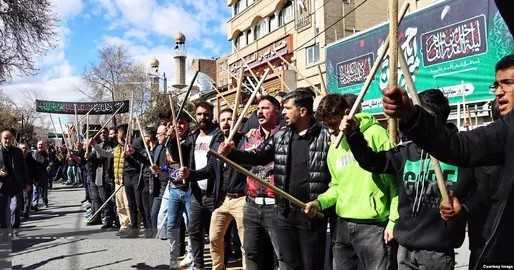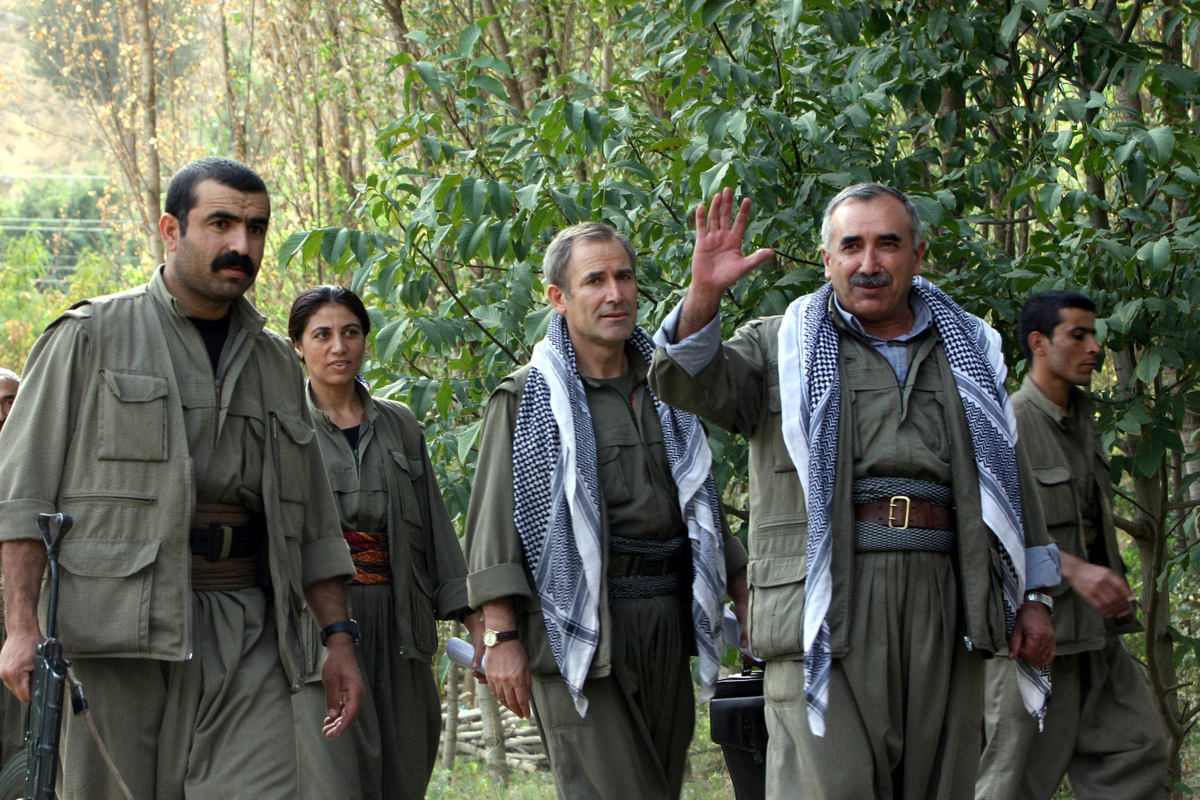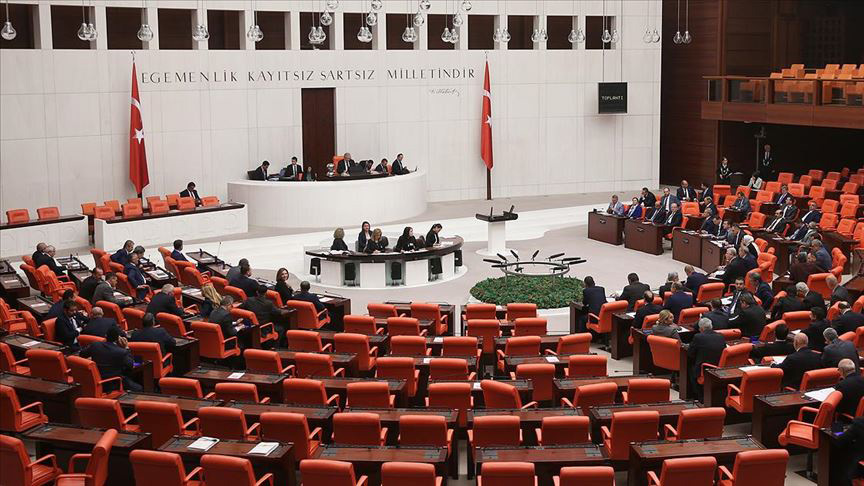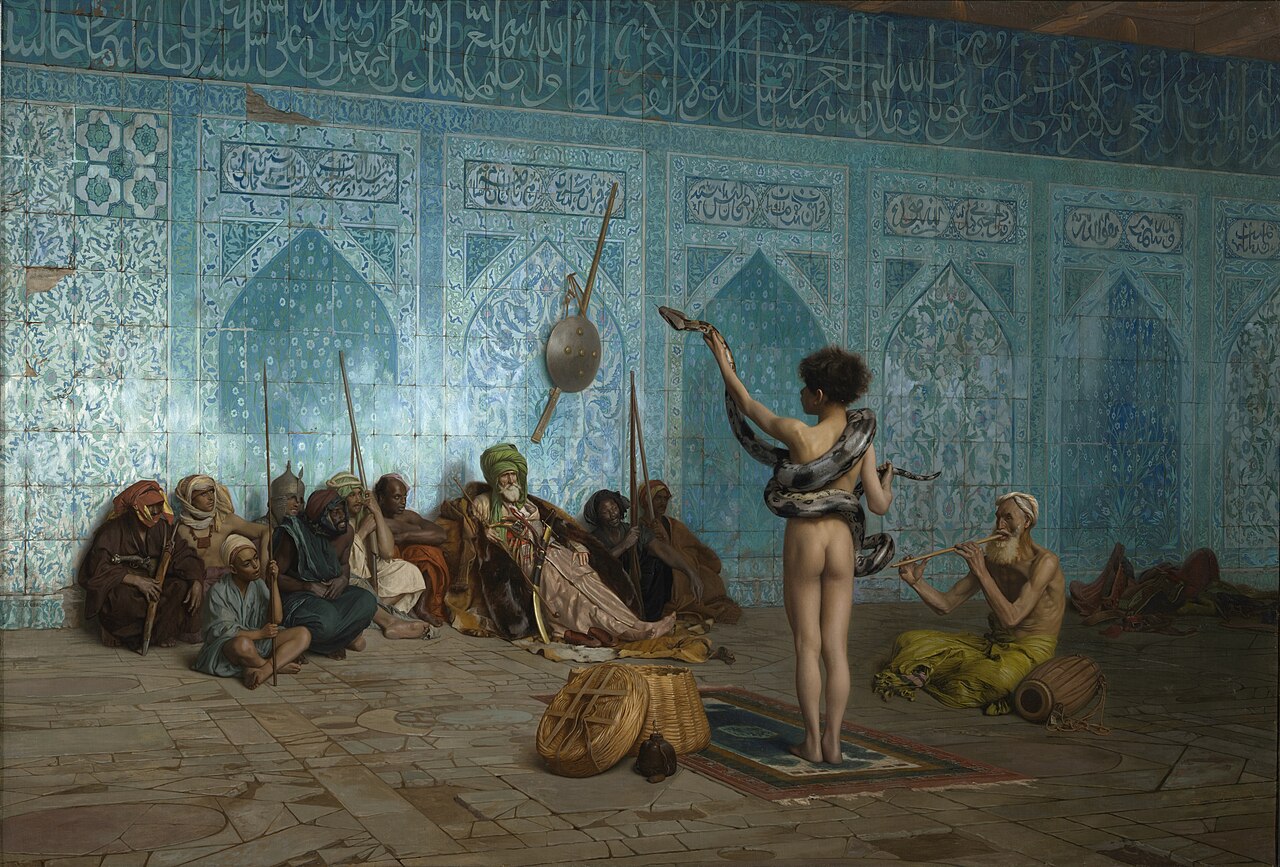The Lost Potential of Political Pluralism on the Iranian Plateau
Iran is among the Middle East’s most diverse societies in terms of nationality and language. Persians, Azeris, Kurds, Lors, Arabs, Baluchs, Turkmens, Mazandaranis, and Gilaks each possess distinct languages and territories. It is often regarded as a multi-ethnic mosaic. Before succumbing to the nation-state paradigm, which began in the late nineteenth century during the Qajar dynasty, many diverse political communities coexisted hierarchically on the Iranian plateau. Although such coexistence was ultimately dependent on the imperial centre’s strategic calculus, it nonetheless permitted a de facto recognition of cultural and political diversity that the modern nation-state would later seek to erase. This diversity could have served as a source of flourishing prosperity and development toward a higher quality of life. The Iranian plateau could have become the centre of a plural democratic civilization. By offering a framework for peaceful coexistence among its various political communities, it could have served as a role model in the region and beyond.
The Faustian Bargain: Trading Pluralism for a Nation-State
Looking West, they concluded that power lay not in their own society’s rich diversity, but in ruthless centralization and forced homogeneity.
Faced with a changing world order, Iran’s elites made a fateful bargain a century ago. Looking West, they concluded that power lay not in their own society’s rich diversity, but in ruthless centralization and forced homogeneity. To join what scholar Jasmine K. Gani terms the “club of Western civilization,” they initiated a project of internal colonization, systematically suppressing the pluralism that had long characterised the Iranian plateau. The tragic irony was profound: in a desperate bid to resist British and Russian imperialism, they became imperialists at home, replicating the very hierarchies and oppression they feared from abroad.
The admission fee to this club was the invention of a nation-state, a project built on a fundamental fiction. Since no unified “Iranian nation” existed, it had to be manufactured. The state embarked on a campaign of strategic myth-making, resurrecting a romanticized, ancient past to fabricate an identity rooted in the Persian language and Aryan heritage, deliberately defined against a Semitic “other.” This manufactured Persianness was then hardwired into the state’s very architecture, thus transforming popular sovereignty into Persian sovereignty. Anyone outside this state-sanctioned identity was branded an “other” and an existential threat, justifying a century of exclusion and violence against the nation’s own diverse fabric.
A formal jihad against the Kurds and a perpetual war on women became the twin pillars of the Republic’s existence.
This project accelerated violently under the Pahlavi monarchy from 1925 onward, with Kurds facing the brunt of this assimilationist drive. The 1979 revolution promised liberation but delivered a darker consolidation. The Islamic Republic (IRI) simply redefined “the people,” narrowing citizenship to Shia men, a category that included Persians and Azeris, but explicitly excluded Kurds, Baluch, and, crucially, all women. The new regime didn’t dismantle the old oppressive structures; it built upon them. A formal jihad against the Kurds and a perpetual war on women became the twin pillars of the Republic’s existence. The inescapable conclusion is this: Iran is not a nation. It is a fractious empire crammed into the ill-fitting suit of a nation-state, and the seams are now splitting wide open.
The Seams Split: Crisis and the Search for a New Model
A century after its formal establishment, the Iranian nation-state project stands as a paradox of its own making. Top-down authoritarian nation-building has failed to suppress the enduring political aspirations of non-Persian communities. Despite employing both hard and soft power, the Iranian state has been unable to create a unified sense of belonging under the banner of the “Iranian nation.” Repeated uprisings by non-Persian groups, including the Kurds during both the Pahlavi monarchy and the Islamic Republic, illustrate this failure. The women-led 2022 Jin, Jiyan, Azadî movement, in which Rojhelat (Eastern Kurdistan/Northwest Iran) emerged as a revolutionary vanguard, is the latest example of this persistent demand for political recognition. Consequently, the Iranian state has grown weaker, less cohesive, and increasingly desperate. The nationalization of the state, the centralization of power, and the homogenization of political communities have produced regression rather than progress, diminishing rather than elevating the state’s position within the global hierarchy.
Following the 7 October 2023 Hamas attack on Israel, the pillars of the IRI’s foreign policy have crumbled.
Iran’s internal challenges are compounded by a shifting regional and global environment. Following the 7 October 2023 Hamas attack on Israel, the pillars of the IRI’s foreign policy have crumbled. The connecting link of the “Axis of Resistance” was broken by the collapse of the al-Assad regime in Syria in December 2024. Israel subsequently eliminated the high command of both Hezbollah and Hamas, including their leadership, leaving both groups politically and militarily weakened. In Yemen, the Houthis were heavily targeted by Israel and the United States, leaving them similarly diminished. Iran’s nuclear facilities were severely damaged following the “Operation Midnight Hammer” by the U.S. during the 12-Day Iran–Israel War in June 2025, and Israel also inflicted heavy damage on the IRI’s missile program. The reimposition of the “Maximum Pressure” campaign by Donald Trump in February 2025, combined with the activation of the Snapback Mechanism by the E3 (France, the United Kingdom, and Germany), reinstated all pre-2015 UN sanctions on Iran. This move restored the arms embargo, missile restrictions, asset freezes, and travel bans on Iranian officials—deepening Iran’s economic isolation as global banks, insurers, and investors withdrew to avoid violating UN rules, further crippling Iran’s oil exports and weakening the Rial.
Inside Iran’s borders, catastrophe is slowly but surely unfolding. Climate change, compounded by years of water mismanagement and what officials now call “water bankruptcy,” has pushed the country to the edge of environmental collapse. Lake Urmia has completely dried up, and authorities warn that some 800 cities, towns, and villages—including Tehran—are at risk of land subsidence. Iran’s water reserves have dropped to historic lows, triggering a nationwide crisis of water insecurity.
The Iranian state appears weaker, more fragile, confused, isolated, and desperate than ever as it faces a period of transition in the Middle East, one that will be shaped by climate change, technological advancement, and demographic decline. A new realignment of alliances is emerging as regional states seek security to navigate this uncertain phase, a dynamic vividly illustrated at the Sharm El-Sheikh Summit held on 13 October 2025.
Where will the Iranian state stand in this transitory period? Can it finally confront the flaws of its ill-fated foundation and attempt to rebuild on new grounds? Iran’s diverse, pre-modern pluralism represents a “lost potential,” a mosaic of coexistence systematically dismantled by the homogenizing nation-state model, first under the Pahlavi and later, in a reconfigured yet equally oppressive form, under the Islamic Republic. The question now is whether Iran can revive this lost potential amid its deepening internal and external crises. While the answer remains uncertain, one thing is clear: non-Persian communities are today more assertive and determined in asserting their political existence than ever before. A century of chauvinism, xenophobia, and denialist policies toward these communities has yielded nothing but catastrophe for the Iranian state.
Rojin Mukriyan
Rojin Mukriyan has PhD in the Department of Government and Politics at University College Cork, Ireland. Rojin’s main research areas are in political theory, feminist and decolonial theory, and Middle Eastern politics, especially Kurdish politics. She has published articles in the Journal of International Political Theory, Philosophy and Social Criticism, and Theoria. Her research has thus far focused on the areas of Kurdish liberty, Kurdish statehood, and Kurdish political friendship. She has published many think tank commentaries and reports on recent political developments in eastern Kurdistan (Rojhelat), or north-western Iran. She has also frequently appeared on a variety of Kurdish and Persian language news channels. X account: @RojinMukriyan




